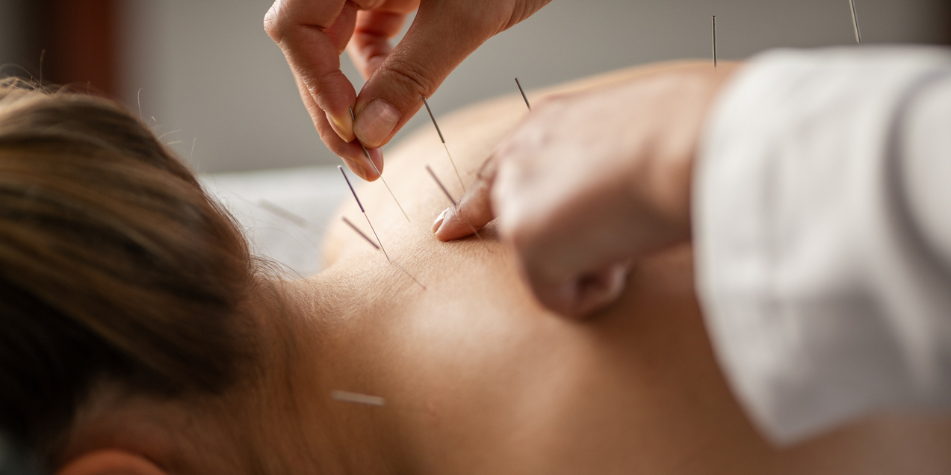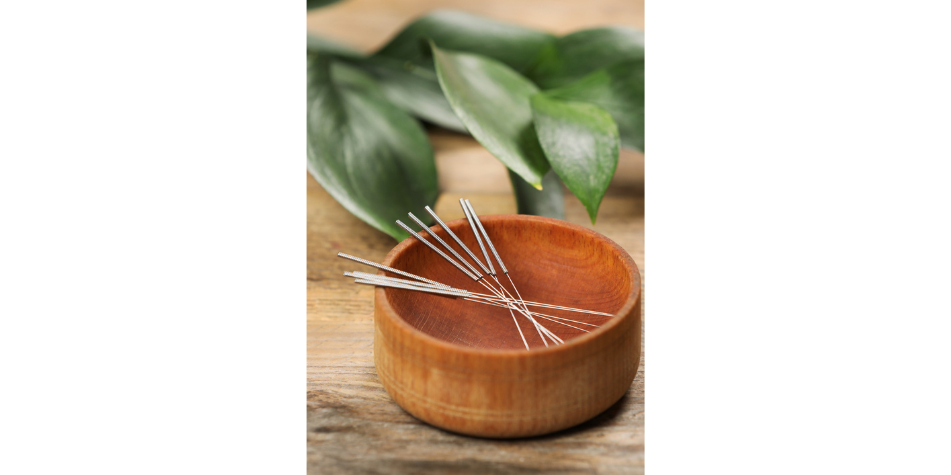Pet Acupuncture: Benefits, Uses, and How This Alternative and Traditional Chinese Medicine Practice Works

Rocco is a 6-year-old French bulldog. Five years ago, he began showing signs of respiratory distress, and when he turned 3, he began experiencing seizures.

This ancient technique involves using fine stainless steel needles. Photo: iStock
Adriana Castillo, his owner, visited several veterinarians, and Rocco underwent tests and treatments. “I saw that Rocco was recovering with treatment, but after six months he would relapse, and they couldn't identify what could be causing these problems . The sheer number of medications and their cost led me to explore other options,” says the owner. That's when she came across acupuncture.
“I had heard about the benefits of acupuncture for people, but out of fear of needles, I hadn't given it a chance to try it on myself. I wasn't aware that this type of non-traditional medicine existed for pets, and when I saw that Rocco wasn't getting better, I decided to give it a try,” she adds.
Acupuncture is a traditional Chinese alternative medicine practice dating back to 2,500 BC . It has been popular in Europe and America since approximately the 16th century. Its popularity has been such that in 1997, the Food and Drug Administration (FDA) recognized it as a therapeutic alternative.
This ancient technique involves using fine, stainless steel needles inserted into specific points or areas of the body to stimulate and produce positive effects on different systems and organs. As Alejandra Cristancho, a veterinarian who has been practicing acupuncture with companion animals for five years, explains, " Through the application of the needles, electrical signals are sent through the nerves and certain tissues , which generate the release of chemical substances in the animal's brain. These substances travel through the nerves or blood and activate responses that promote recovery from certain illnesses."
Needles are usually inserted into regions with a high density of blood vessels, nerves, muscles, and tendons, with the aim of promoting the release of certain neurotransmitters.
Despite its long history and popularity in the human field, acupuncture is relatively new to Western veterinary medicine, although it has a long history within traditional Chinese medicine. The first documented use of this technique for animals dates back to the 4th century AD, when acupuncture techniques were recorded in the book known as the "Treatise on Cattle Care" or Simu Anji Ji, which described 77 points for needle application on horses.

The use of acupuncture has grown significantly in the West in recent decades. Photo: iStock
After discovering the benefits of acupuncture for humans, veterinarians decided to train in this traditional practice to adapt it to the animal environment, primarily applying it to dogs, cats, birds, cows, and horses. This movement gained momentum in 1974 with the creation of the International Veterinary Acupuncture Association, which allowed for its inclusion in specialized programs at prestigious universities such as Tufts University, the University of Florida, and UC Davis.
What is it used for? Alejandra Cristancho explains that acupuncture is based on the principle of balance between the five elements: wood, fire, earth, metal, and water. These are related not only to elements in nature but also to aspects of health such as diet, movement, emotions, and certain organs.
“This five-element theory not only allows for a diagnosis, but also allows for symptom control and the root cause,” Cristancho adds, adding that “this allows for symptom resolution and recovery of health.”
Typically, acupuncture in veterinary medicine is used as a supportive therapy for conditions involving pain, inflammation, and other symptoms. This technique also promotes recovery, restores organic balance, enhances traditional medicine, and improves the animal's quality of life.
According to the specialist, "it is typically used for conditions such as arthritis, hip dysplasia, diseases involving the spine, nerve injuries such as paralysis, incoordination or weakness, limping, muscle, bone or tendon damage, epilepsy, allergies, kidney disease , vomiting, constipation, asthma, infections, among others."

Acupuncture is a traditional Chinese practice that can be used on any animal. Photo: Courtesy of Olga Molina.
As a recommendation, he mentions that "the guardian should seek advice, since not all veterinarians are certified to apply acupuncture safely and effectively; additionally, it is not a miracle therapy; rather, it requires timely diagnosis and treatment , as well as consistency to determine the effectiveness of the treatment."
GABRIEL GARCÍA - FOR TIME
eltiempo




